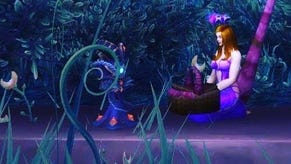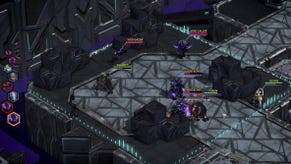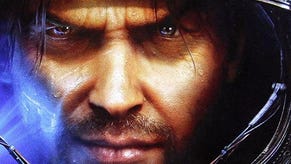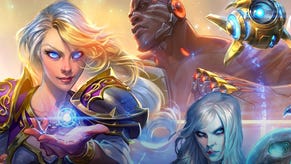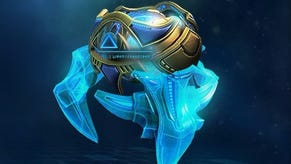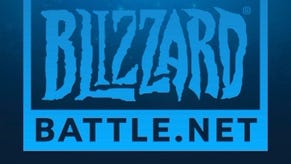StarCraft II
How the campaign and Battle.net change the game.
Can you have a sleeper hit at a convention where there are only three games? Can you be taken unawares by a monster sequel to an RTS classic, six years in development, of which expectations are already sky-high and for which the delayed wait until next year seems unbearable? Is it possible to underestimate the importance of Blizzard's first non-World of Warcraft release since 2003? Going by last weekend's BlizzCon - yes, absolutely. We knew StarCraft II was big. We didn't know - we had no idea, actually - it was this big.
On BlizzCon's opening day, StarCraft II took its now customary place in the hype queue behind World of Warcraft and Diablo III. They got cinematic trailers and new class and expansion announcements, amid a tumult of cheering and thundering subwoofers. StarCraft II got barely a mention. Then we had to wait until after WOW and Diablo's designers had presented their visions at panels for Blizzard's design chief Rob Pardo to take to the stage and talk, not so much about StarCraft II itself, but the new Battle.net platform it goes hand-in-hand with. But that's exactly when our perceptions started to change.
Pardo's low-key presentation caused a ripple of raised eyebrows, exchanged looks and murmurs of appreciation as he talked about friends lists, cross-game communication with WOW, cloud saving, a brilliant new matchmaking and tournament system, and a move to build not just a community but a commercial marketplace around StarCraft II mods. The excitement continued to build all weekend as we tried out the single-player Wings of Liberty campaign (a considerably more radical departure from classic StarCraft than the conservative multiplayer); were graced with the presence of the statuesque Tricia Helfer (Battlestar Galactica's Cylon Number Six) who announced that she would play Kerrigan in the game; and saw a demonstration of the amazingly flexible map editor, in which enterprising Blizzard staffers had knocked up a third-person action game and a retro 2D shoot-'em-up.
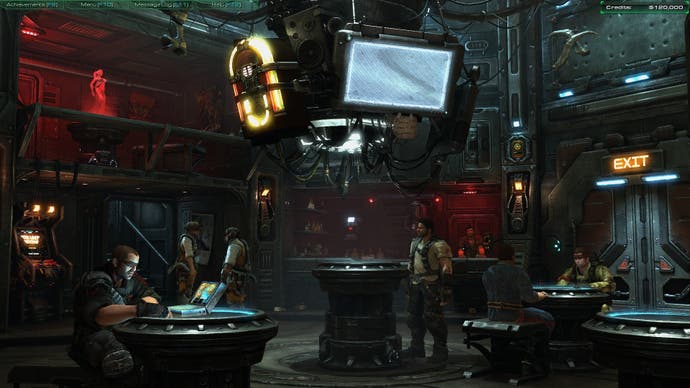
StarCraft II's presence pervaded BlizzCon gradually, like a Zerg Creep, until it had all but smothered the fires of Cataclysm. There's just so much more to it than we thought; it's an astonishingly complete package, the like of which PC gaming hasn't seen in a long time.
But let's start with the campaign, as most players will. The first in a trilogy of releases following each of the game's three races, Wings of Liberty will focus almost exclusively on Jim Raynor and his hard-bitten, ramshackle Terran forces (although you will get an opportunity to play as the Protoss aliens at one point). That focus, says producer Chris Sigaty, has allowed Blizzard to expand the overall length, depth, breadth and storytelling of the campaigns - and above all, the lavishly presented between-mission framework that Blizzard is internally calling "story mode".
Almost a miniature point-and-click, the story mode screens show Raynor roaming a few rooms of his Battlecruiser talking to comrades and making decisions. The Bridge provides story updates and branching mission selection, the Lab offers collection meta-objectives for technology research and upgrades, and the Armory more straightforward unit upgrades for cold, hard cash (earned from missions, and, according to the times-are-tough dialogue, in short supply). In the Cantina, you can hire elite mercenary units.
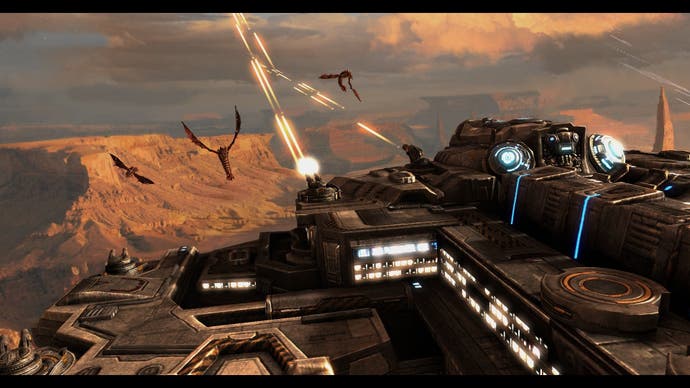
The presentation is obsessively, lovingly detailed. The huge characters are rendered and fully voiced to the same standard as the game-engine cut-scenes, and the locations drip with greasy atmosphere, especially the wild-west Cantina with its screen offering live news feeds, Wurlitzer jukebox strapped to the ceiling playing dirty rockabilly and country music, "Lost Viking" arcade cab and holographic go-go-dancer (doing what appears to be WOW's Blood Elf routine). Despite this, navigation is swift and efficient if you're desperate to get on with the action.
This framework will have to change radically for the next in the trilogy, says Sigaty. "When we move on to the next game, Heart of the Swarm, the things that go on within that are really going to focus on what the Zerg do. We really aren't looking at those details right now, but we know that you're not going to be on a Battlecruiser purchasing technology and hiring mercenaries. What we've been talking about internally is a talent system for Kerrigan, so that that feels different, plays differently." The release gaps between the campaigns will be "a little longer" than the year it took to follow up Warcraft III with The Frozen Throne, he says, "because we're more ambitious with story mode".


